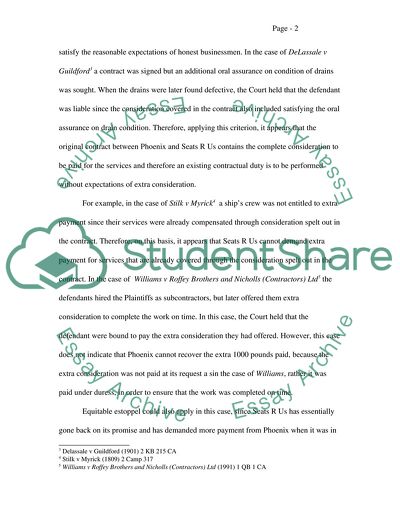Cite this document
(Extra Payment of 1000 Pounds Case Study Example | Topics and Well Written Essays - 2750 words, n.d.)
Extra Payment of 1000 Pounds Case Study Example | Topics and Well Written Essays - 2750 words. https://studentshare.org/law/1706013-law-assignment
Extra Payment of 1000 Pounds Case Study Example | Topics and Well Written Essays - 2750 words. https://studentshare.org/law/1706013-law-assignment
(Extra Payment of 1000 Pounds Case Study Example | Topics and Well Written Essays - 2750 Words)
Extra Payment of 1000 Pounds Case Study Example | Topics and Well Written Essays - 2750 Words. https://studentshare.org/law/1706013-law-assignment.
Extra Payment of 1000 Pounds Case Study Example | Topics and Well Written Essays - 2750 Words. https://studentshare.org/law/1706013-law-assignment.
“Extra Payment of 1000 Pounds Case Study Example | Topics and Well Written Essays - 2750 Words”. https://studentshare.org/law/1706013-law-assignment.


